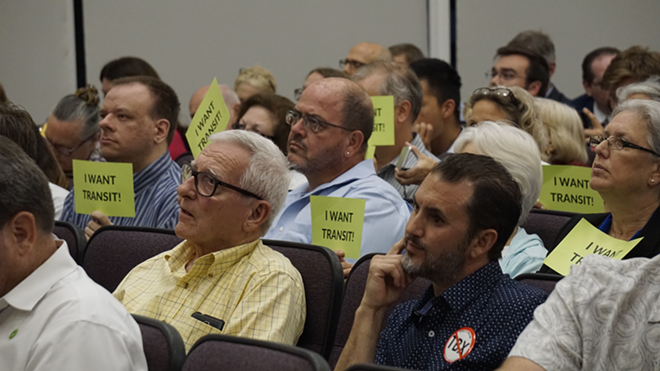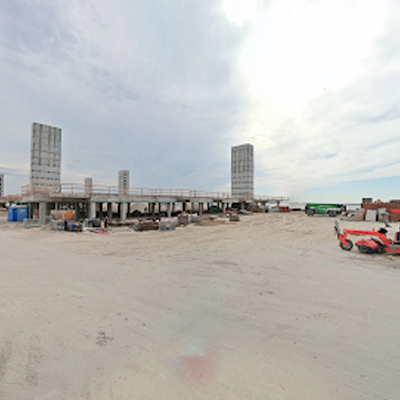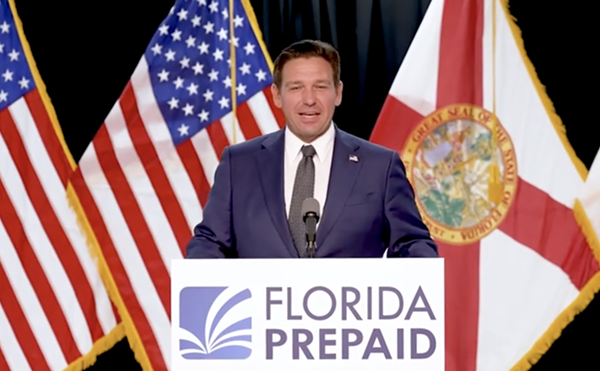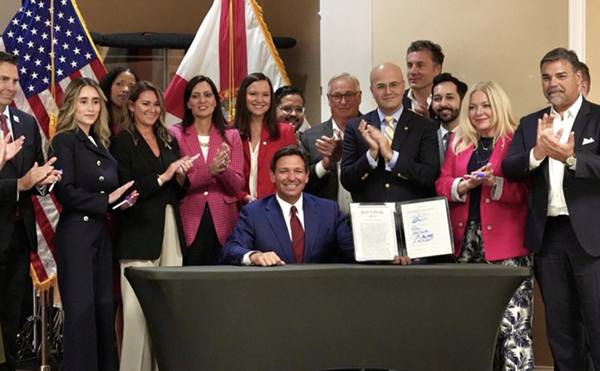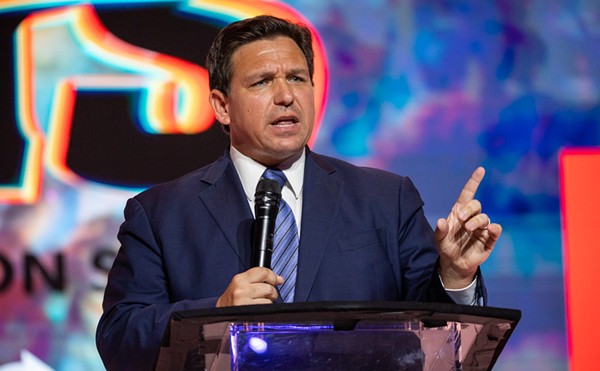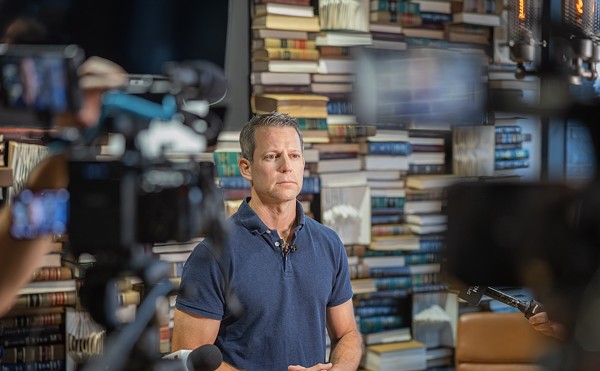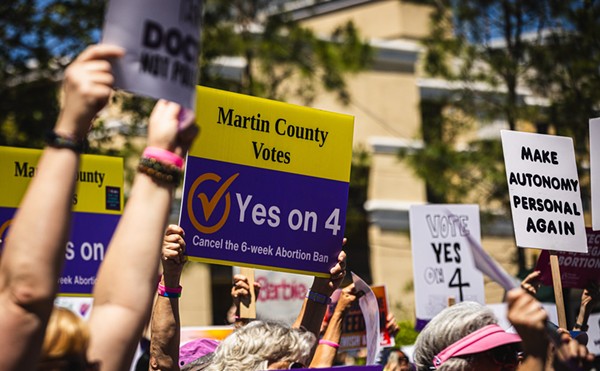It was a rare victory for transit advocates: the halting of Tampa Bay Express (TBX), a proposed toll lane project along I-275 widely criticized due in large part to transportation officials’ designs on bulldozing hundreds of homes, the bulk of which are occupied by minorities.
Widely panned as “Lexus lanes” that wouldn’t do much to confront the region’s notorious traffic woes, TBX had been in the works for years until earlier this year.
But it didn't last long.
The Florida Department of Transportation essentially scrapped the project and is now pitching a (supposedly) new and improved incarnation called Tampa Bay Next. In so doing, the agency has been seeking input from those who have a stake in such a project — including, apparently, the activists who helped shoot down TBX.
“It’s a topic that touches everyone’s lives,” Michelle Cookson of the transit and smart growth advocacy group Sunshine Citizens said of transportation. “There’s very much a pent-up demand for transit in our area.”
The revamped project’s website suggests a total transportation overhaul — more Complete Streets to make the region’s thoroughfares safer for pedestrians, walking and cycling trails, a transit viability study that Hillsborough Area Regional Transit would administer, as well as enhancements of “freight mobility.”
Cookson said she thinks it was the activism that got transportation alternatives into the agenda.
“I think they’re finally including them because we’ve been demanding them for two years and the thing with that is that, yes, we need all of those things and they need to come first. The priority has always been backwards,” Cookson said.
Yet still at front and center of the overhaul is a series of “interstate modernization” projects, which include outfitting several stretches of I-275 with “express” (read: toll) lanes. Among these are the Howard Frankland Bridge, the Westshore exit area, the downtown Tampa interchange (which passes through the Tampa Heights neighborhood, where locals bemoaned the destruction of the community TBX was slated to level), the “innovation corridor” by USF and so on (read the full list at tampabaynext.com/projects).
On Tuesday, June 14, the Hillsborough County Metropolitan Planning Organization board approved Tampa Bay Next as a component of its Transportation Improvement Project (TIP), a five-year plan aimed at helping address the county’s transit woes, by a 12-3 margin despite the pleas of activists.
“I think we’ve made enormous progress in this year. I believe we are in a better place today than we were a year ago,” said Tampa City Councilman and MPO board member Harry Cohen. “We may not be as far as some would want us to get, but we are definitely headed in the right direction.”
So naturally, those who staunchly opposed TBX are skeptical that FDOT will listen to them as they develop Tampa Bay Next.
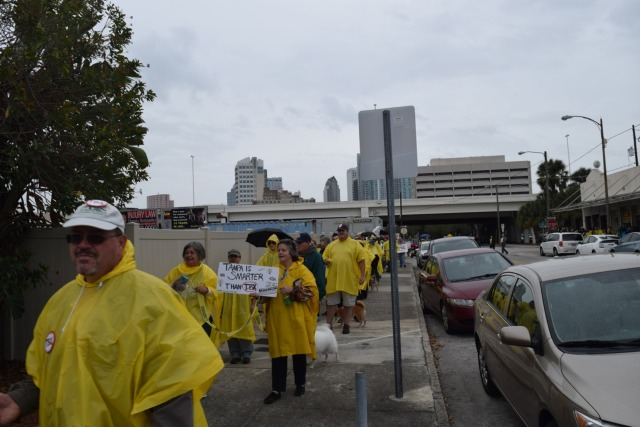
“I would say that, to me, they’re really the same thing. Nothing has changed. What’s happened is that the department has launched a branding exercise. But to me it’s really, it’s just same song, different day,” Cookson said. “They’ve already said that express lanes are still in the plan. So we’re maintaining that, hey, if you look at the letters in there, Tampa Bay Next, they contain ‘TBX.’ It’s still the same thing.”
It’s not lost on activists that this revived discussion of state-led local highway projects is taking place as the region, namely the city of Tampa, is trying to brand itself as a hub for educated, tech-oriented millennials attracted to entrepreneurship.
It’s also not a stretch to suggest many millennials would rather bike or take a short transit ride from Seminole Heights to downtown than a) get stuck in traffic on the way or b) pay two bucks to get there a couple of minutes faster only to have to find/pay for parking. In fact, lefty advocates for transit alternatives aren’t the only ones who recognize that one of the major factors holding back the Tampa Bay area is the lack of public transportation and other options that don’t involve getting stuck behind the wheel in a traffic jam.
“They might want to walk,” Cookson said. “They might want to ride a bicycle. They might want to ride their bike to a bus or a light rail station and they want to have the availability to have these connect.”
If the transit, Complete Streets and trails don’t actually pan out, all that’s left will be a series of projects that reflect a culture Tampanians are starting to move away from — one where the region’s workforce lives in suburban or exurban outposts like New Tampa or Wesley Chapel and commutes to employment centers like downtown Tampa, Westshore or Feather Sound in Pinellas County.
What’s missing from the equation, Goodson said, is that those who dwell in outlying communities are paying for these projects with their tax dollars, then with their wages in the form of tolls, and it’s unclear how much the road projects will shorten their commute.
“It’s been pitched that this is going to be such a great boon for people who live in these suburban areas, but they get nothing out of these toll lanes, either,” she said. “They’re going to pay to have this thing get built, they’re going to be taxed to build it, taxed to use it and taxed again when it fails, because that’s what this model is doing all over the state and in places across the country.
“It’s not going to draw employers who pay good wages. It’s not going to draw innovation. It’s not going to keep talent here.”
Some local leaders think adding express lanes to some of the most notoriously traffic-choked stretches of the interstate is better than nothing. As the TBX debate was wearing on, its backers included the likes of Tampa Mayor Bob Buckhorn, who insisted that while the project wasn’t the only answer to the region’s notorious gridlock, it was one piece of the puzzle.
“TBX is not the entire solution, but it’s part of the solution,” Buckhorn told the Tampa Bay Times about a year ago. “It’s disruptive, I get it, but I don’t know any other way.”
Shortly after FDOT officials said they’d be hitting the “reset” button on TBX, in response to a tweet in late May criticizing his ongoing support for the project, Buckhorn caught fire for his one-word reply: “Whatever.”
But opponents say putting roads front-and-center as the region tries to improve mobility is repeating the same mistake.
“We’re at an amazing and important and critical crossroads in our area’s history and we have the opportunity now to not blow this. And to make a turn for the best future or to keep on making the same mistakes over and over again and keep on doubling down and getting nowhere.”
Zebrina Edgerton-Maloy contributed to this report.

